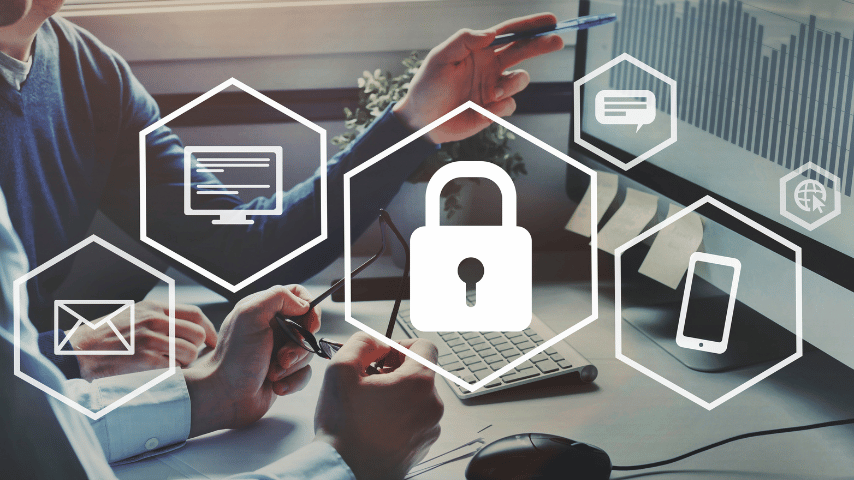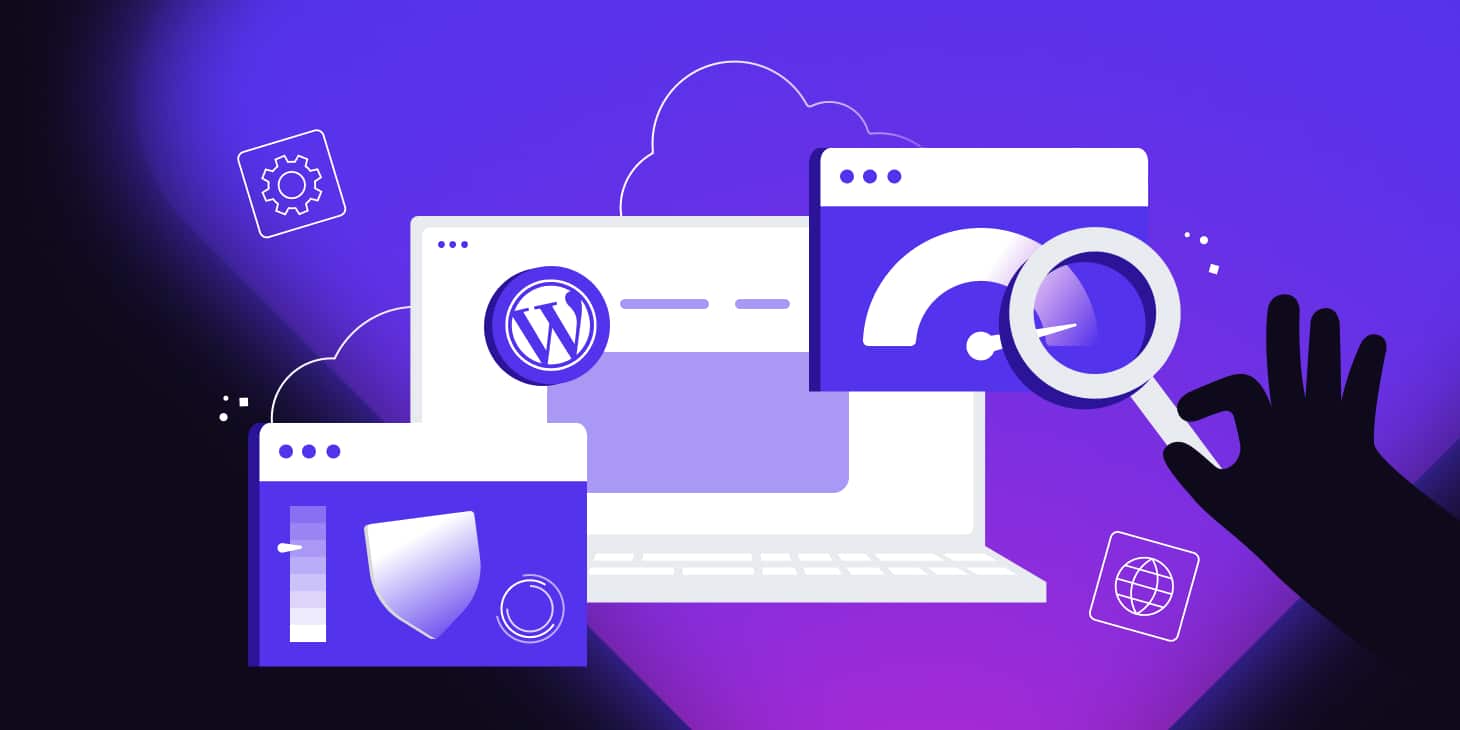
Safeguarding Your Digital Footprint: A Comprehensive Guide to Online Privacy and Security
Our lives are deeply entwined with the internet in a world going more and more digital. Our digital footprint is extensive and constantly growing, ranging from social media profiles to online banking accounts. But this convenience also increases the possibility of privacy invasions, data breaches, and cyberattacks. We'll go over the significance of internet security and privacy in this extensive article, along with doable tactics for protecting your online identity.
Understanding Online Privacy and Security:
Online privacy pertains to safeguarding personally identifiable information disclosed on the internet, whereas online security includes actions taken to avert cyberattacks, data breaches, and unwanted access. Both are crucial components of digital safety, necessitating preventative actions to lessen dangers and safeguard private data.
Dangers and Threats:
There are many dangers and threats in the digital world that could jeopardize your security and privacy online. Among them are:
Events known as "data breaches" occur when unauthorized parties gain access to or steal private data, including credit card numbers, usernames, and passwords.
Phishing Attacks: Attempts to use false emails, websites, or messages to deceive people into divulging financial or personal information.
Viruses and malware are computer programs that are created to steal data or destroy computers. They frequently pose as trustworthy files or programs.
Identity theft is the illegal use of another person's financial information or social security number for fraudulent activities.
Protecting Your Digital Presence:
Fortunately, there are proactive steps you can take to enhance your online privacy and security:
- Use Strong, Unique Passwords: Create complex passwords for each online account and consider using a password manager to securely store and manage them.
- Enable Two-Factor Authentication (2FA): Add an extra layer of security to your accounts by requiring a second form of verification, such as a code sent to your phone or email.
- Keep Software Updated: Regularly update your operating system, antivirus software, and applications to patch vulnerabilities and protect against security threats.
- Be Wary of Suspicious Emails and Links: Avoid clicking on links or downloading attachments from unfamiliar or suspicious sources, as they may contain malware or lead to phishing scams.
- Limit Information Sharing: Be cautious about sharing personal information online, especially on social media platforms, and adjust privacy settings to control who can access your profile and posts.
Emerging Trends and Technologies:
As technology advances, new developments in the areas of digital security and privacy appear on a regular basis. The development of decentralized identification systems, improvements in encryption technology, and the increasing significance of privacy-enhancing technologies (PETs) like encrypted messaging applications and virtual private networks (VPNs) are a few examples.
Conclusion:
In today's interconnected world, safeguarding your digital footprint is paramount to protecting your personal information and maintaining control over your online identity. By understanding the risks and threats, implementing proactive security measures, and staying informed about emerging trends, you can navigate the digital landscape with confidence and ensure your online privacy and security remain intact.






